The United States is moving toward a global maintenance network, expanding into Europe and Latin America
According to Nikkei Asia , the US Department of Defense will establish military repair centers in five countries in the Indo- Pacific region including Japan, South Korea, Australia, Singapore and the Philippines.
The Pentagon's new Regional Support Framework (RSF) describes using existing industrial capabilities of allies and partners to conduct maintenance, repair, and overhaul of ships, aircraft, and vehicles closer to their areas of operations rather than returning them to the United States.
The deployment will pilot in the five countries this year, then expand to NATO partners in the European Command area in 2025 and Latin American partners under the Southern Command in 2026.
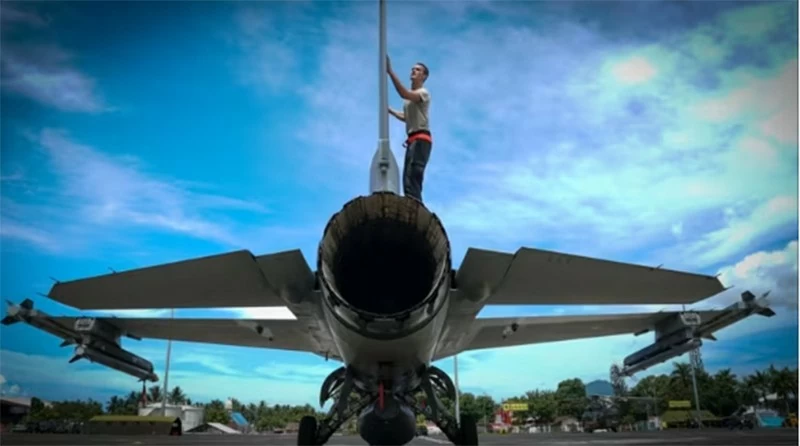 |
| A U.S. Air Force member stationed at Misawa Air Base in Japan's Aomori Prefecture conducts a post-flight inspection on an F-16C Fighting Falcon during an exercise at Sam Ratulangi International Airport in Indonesia. (U.S. Air Force) |
Of the five countries listed above, four are treaty allies. Singapore, although not an ally, has a tradition of hosting US warships on a rotational basis.
According to Nikkei Asia , this program stems from the US's own perception that it cannot compete with China in terms of industrial power. In July 2023, the website The War Zone published a summary slide from the US Navy showing that China, the world's largest shipbuilder, has 232 times the shipbuilding capacity of the United States.
The Pentagon's project leader, then-Assistant Secretary of Defense Christopher Lowman, told the West 2024 conference in February that military logistics was shifting from a traditional "reactive" stance to one that offers solutions. Having repair centers in multiple locations would enhance deterrence, Lowman said. By distributing maintenance, repair, and overhaul capabilities across the region and integrating them with those of allies and partners, the United States would add layers of complexity to any adversary's planning process. In March 2024, Lowman led a delegation of senior logistics experts to Australia, Japan, and the Philippines to discuss the issue.
When the Pentagon unveiled the RSF concept in May, it said integrating the industrial base with allies and partners would contribute to “predictable demand” and help defense contractors make decisions about investing in capabilities.
Lowman said at a press conference in July that the repairs would address not only "wear and tear" but also "combat-damaged equipment."
Providing theater commanders with multiple options for repairing inoperative platforms would “create a higher level of uncertainty in the adversary’s planning cycle and thus enhance deterrence and deterrence value,” he said.
For their part, Asian allies are preparing for this business opportunity. In August, South Korean shipbuilder Hanwha Ocean announced a contract with the US Navy to maintain a 40,000-ton US logistics support ship at its Geoje shipyard in the south of the Korean Peninsula.
The news comes just weeks after the company announced it had signed a Master Ship Repair Agreement with the US Navy to perform such tasks.
In June, Hanwha announced a deal to acquire Philly Shipyard in Pennsylvania, part of the former Philadelphia Naval Shipyard, for $100 million.
Meanwhile, US Ambassador to Japan Rahm Emanuel has spearheaded an effort to use private Japanese shipyards to repair US warships deployed to Japan.
Source: https://baoquocte.vn/bo-quoc-phong-hoa-ky-lua-chon-5-quoc-gia-thanh-lap-cac-trung-tam-sua-chua-quan-su-285076.html







![[Photo] Cat Ba - Green island paradise](/_next/image?url=https%3A%2F%2Fvphoto.vietnam.vn%2Fthumb%2F1200x675%2Fvietnam%2Fresource%2FIMAGE%2F2025%2F12%2F04%2F1764821844074_ndo_br_1-dcbthienduongxanh638-jpg.webp&w=3840&q=75)
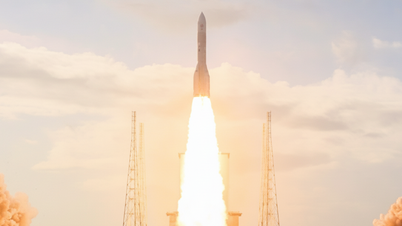

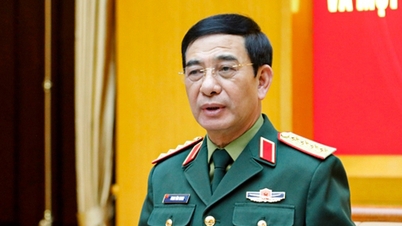

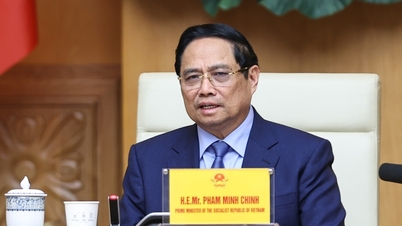



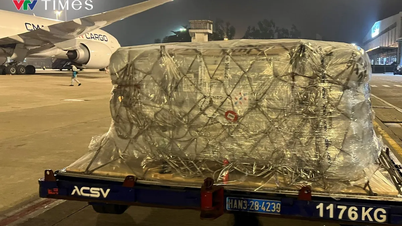

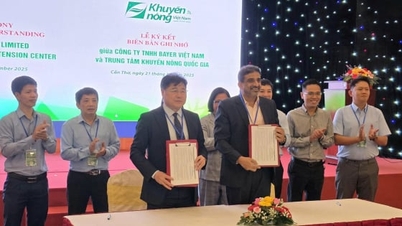














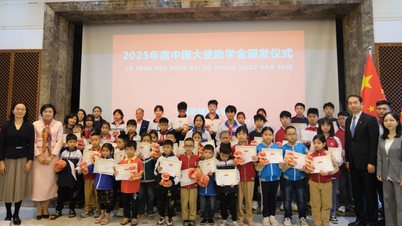

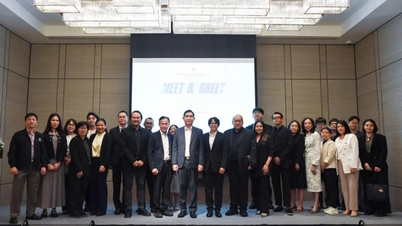

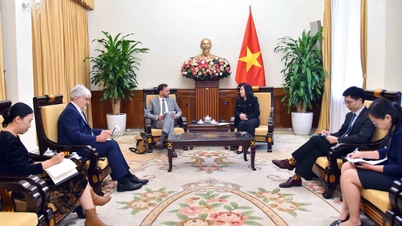



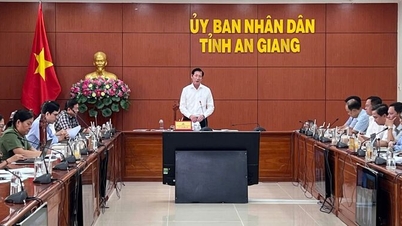

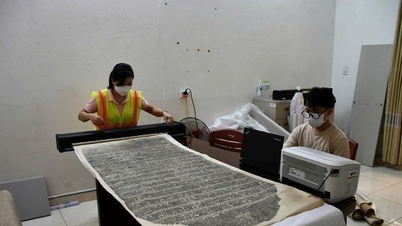
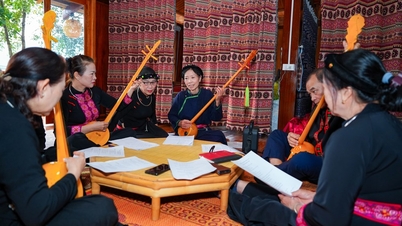



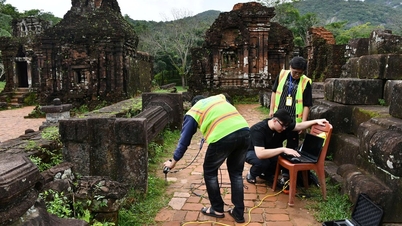



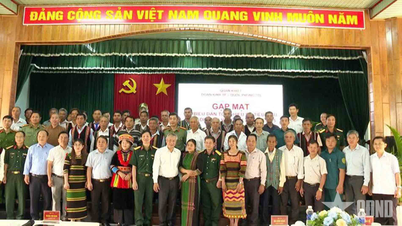



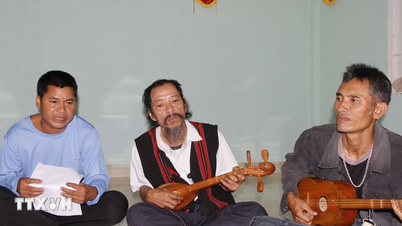







![[VIMC 40 days of lightning speed] Da Nang Port: Unity - Lightning speed - Breakthrough to the finish line](https://vphoto.vietnam.vn/thumb/402x226/vietnam/resource/IMAGE/2025/12/04/1764833540882_cdn_4-12-25.jpeg)

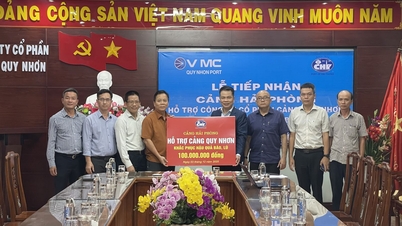







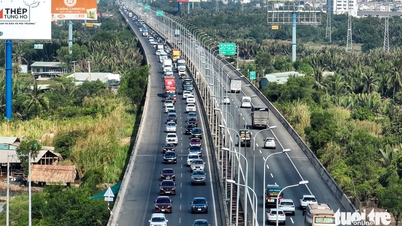





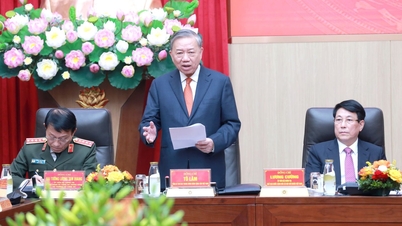

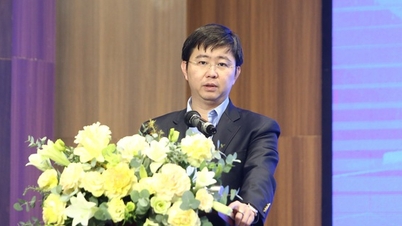

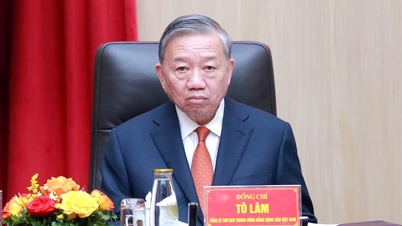


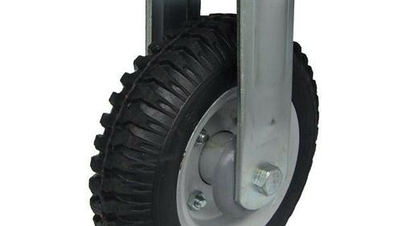




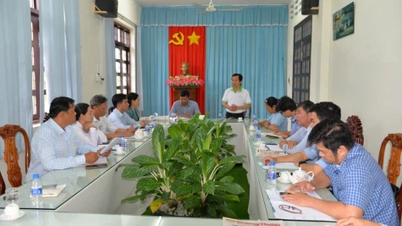



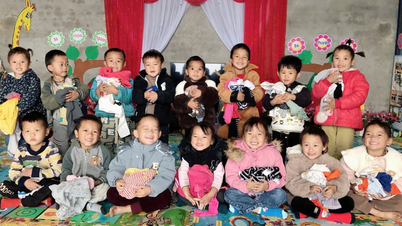



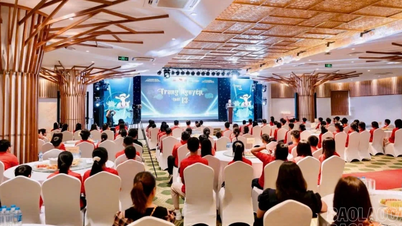












Comment (0)